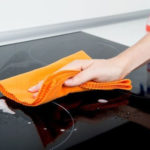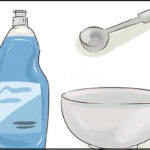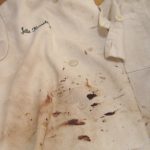Choosing the water temperature for washing is often overlooked by many people, while this factor directly affects the fabric quality, lifespan, color of clothes, and cleaning performance.
Should clothes be washed with hot or cold water?
In fact, the choice of water temperature to wash clothes depends on certain factors such as fabric material, characteristics of stains, level of dirtiness…
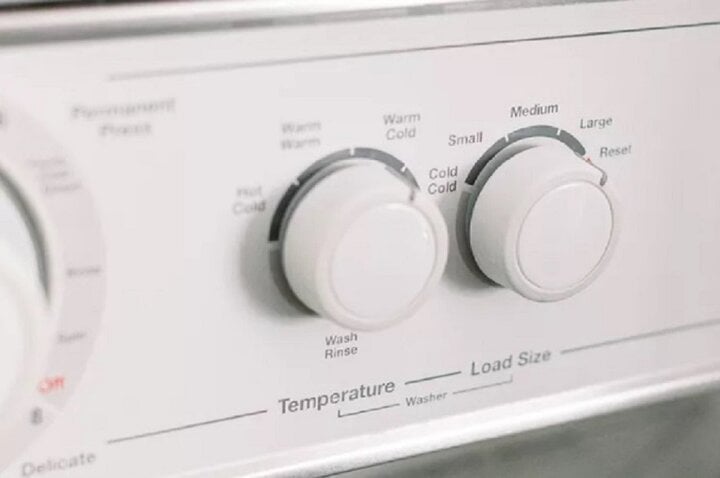
Washing clothes with hot or cold water is cleaner? (Photo: The Spruce)
When should clothes be washed with hot water?
Hot water is suitable for removing oil stains, stubborn stains, eliminating mold, bacteria, stains on white clothes… However, before washing with hot water, you should check the label on the clothes to see if the product is suitable for washing at high temperatures or not.
In addition, hot water is effective in killing germs, bacteria. Therefore, if you have clothes or items in your home that may be contaminated with bacteria such as towels, bedspreads…, washing with hot water is a good way to disinfect.
For particularly dirty clothes, such as sportswear, socks, and underwear, hot water is a good choice to ensure that your clothes are truly clean and odorless after washing.
White or light-colored clothes with thin and light fabric are washed cleaner in warm water.
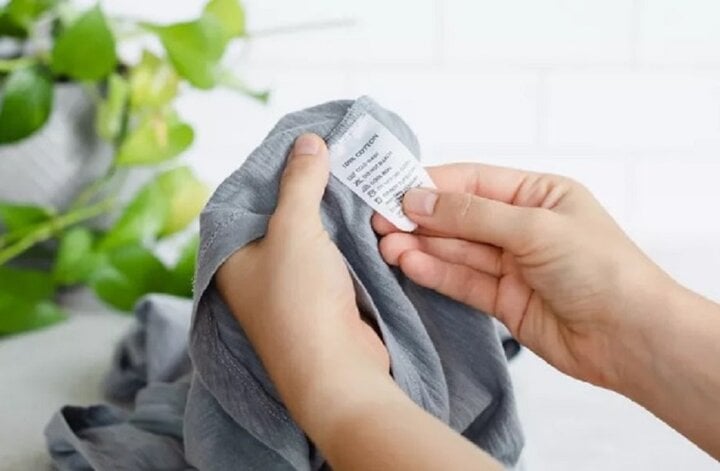
Choose the appropriate temperature for different types of fabrics to ensure the durability of clothes. (Photo: The Spruce)
When should clothes be washed with cold water?
All types of fabric can be cleaned with cold water. However, with stubborn stains, cold water will take more time to wash.
Cold water is recommended for fabrics such as: Silk, wool, linen, hand-dyed clothes, clothes with protein stains…
For clothes with mixed or dark colors, use cold water to wash as they will help prevent color fading, color changing, and color transfer to other clothes. Hand-dyed colors are also prone to fade when exposed to hot water, so choose cold water to wash this type of clothes.
For difficult-to-wash fabrics such as wool and silk, use the cold wash method to protect the fabric fibers from damage and shrinkage.
One of the main benefits of washing with cold water is saving electricity. By reducing the washing temperature regularly, you will save more energy, protect the environment, and save money for your family.
If you want to balance between cleaning and saving electricity, then choose a washing water temperature from 40°-60°C. This is a great, comprehensive choice for most types of clothing such as jeans, neutral-colored clothes.
How to choose the appropriate temperature for each type of fabric
Setting the appropriate washing machine temperature for each type of fabric will help make washing more effective and clothes last longer.
– From 30°C – below 40°C: Suitable for thin fabrics, easy to tear, easy to fade, clothes made from synthetic fibers and 100% wool.
– 40°C: Suitable for cotton, pure wool, cashmere, blankets, bedspreads… For special fabrics such as silk, silk, sportswear, dark clothes, wool, you should not choose this temperature level and higher.
– From 40°C – below 60°C: Suitable for underwear, bath towels, diapers, and some clothes made from synthetic fibers.
– 60°C: Suitable for colorfast clothes, clothes made from cotton, linen materials.
– From 60°C – below 95°C: Suitable for washing children’s clothes, thick underwear, or clothes made from non-fading materials such as shirts, pajamas, white cotton fabric.
According to VTC
How to Easily Get Rid of Chewing Gum Stains on Clothing
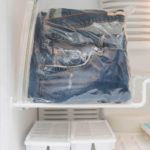 Stains on Clothing’>
Stains on Clothing’>If you’re a woman who’s been struggling to get gum stains out of your clothes, this article has some helpful advice to make the process easier. We’ll provide some useful tips for an effective way to remove gum stains from clothing.
Guide to Choosing the Right OMO Detergent for Your Laundry Requirements
Are you trying to figure out which OMO detergent is right for you? With so many options available, it can be hard to know which one to choose. Fortunately, OMO has been a household name and trusted brand for many years. Read on to learn more about OMO detergents and how they can help your laundry needs.

























